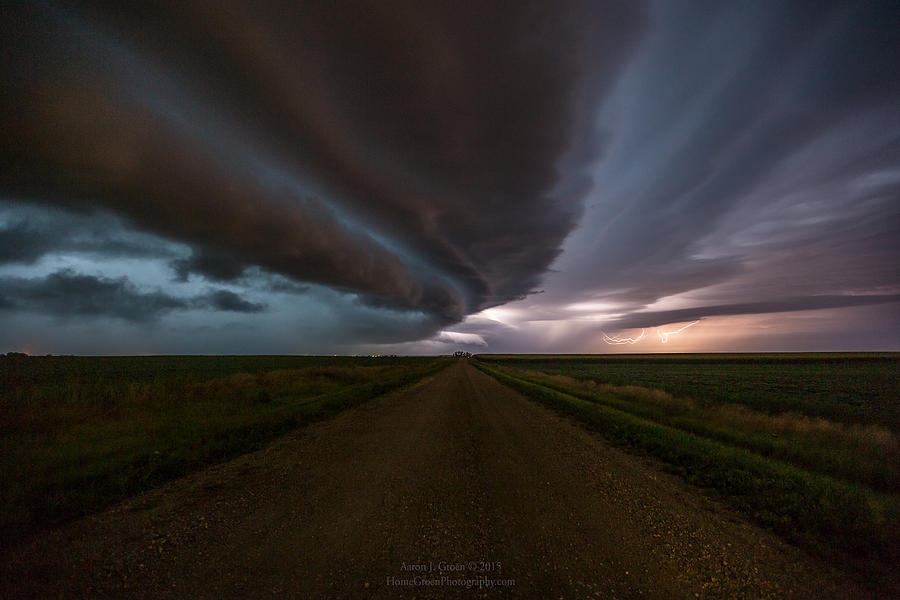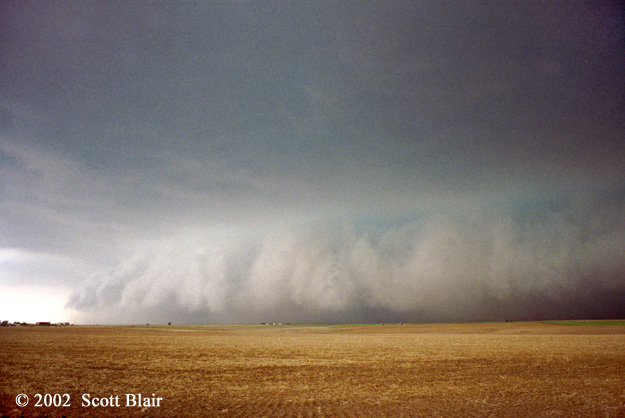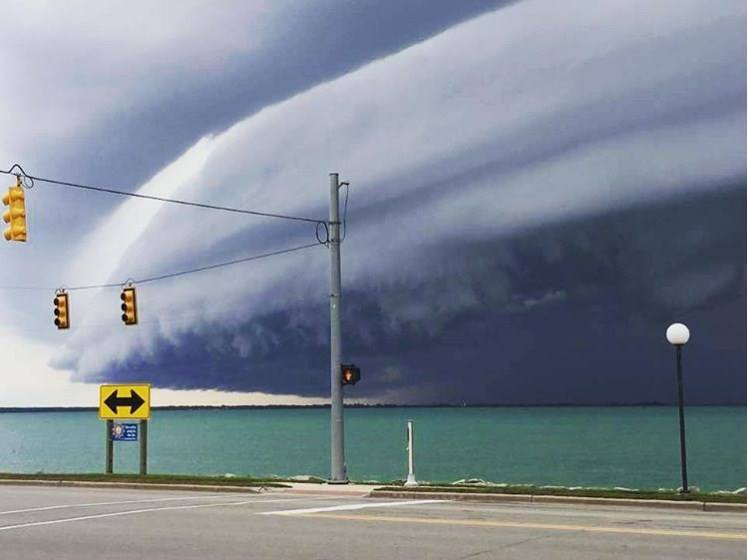

The species associated with each genus type are listed in approximate ascending order of instability where applicable.These thick clouds are listed in approximate descending order of altitude of the cloud tops. Vertical or multi-level genera and genus sub-types can be based in the low or middle levels and are therefore placed between the non-vertical low and mid-level genus types and sub-types.Non-vertical genus types (including some genus sub-types) are sorted into approximate descending order of altitude of the cloud bases.Within the troposphere, the cloud levels are listed in descending order of altitude range.

In sections three to five, terrestrial clouds are listed in descending order of the altitude range of each atmospheric layer in which clouds can form: On the cross-classification table, forms and genus types (including some genus sub-types) are shown from left to right in approximate ascending order of instability. In section two of this page (Classification of major types), height ranges are sorted in approximate descending order of altitude expressed in general terms. Three of the five physical forms in the troposphere are also seen at these higher levels, stratiform, cirriform, and stratocumuliform, although the tops of very large cumulonimbiform clouds can penetrate the lower stratosphere.Ĭloud identification and classification: Order of listed types

They are characterized by altitude as very high level (polar stratospheric) and extreme level (polar mesospheric). Very low stratiform clouds that touch the Earth's surface are given the common names fog and mist, which are not included with the Latin nomenclature of clouds that form aloft in the troposphere.Ībove the troposphere, stratospheric and mesospheric clouds have their own classifications with common names for the major types and alpha-numeric nomenclature for the subtypes. The essentials of the modern nomenclature system for tropospheric clouds were proposed by Luke Howard, a British manufacturing chemist and an amateur meteorologist with broad interests in science, in an 1802 presentation to the Askesian Society. Most genera and species can be subdivided into varieties, also with Latin names, some of which are common to more than one genus or species. Most genera are divided into species with Latin names, some of which are common to more than one genus. These are, in approximate ascending order of instability or convective activity: stratiform sheets cirriform wisps and patches stratocumuliform patches, rolls, and ripples cumuliform heaps, and cumulonimbiform towers that often have complex structures. The genera are also grouped into five physical forms. Of the multi-level genus-types, those with the greatest convective activity are often grouped separately as towering vertical. Small cumulus are commonly grouped with the low clouds because they do not show significant vertical extent. These groupings are determined by the altitude level or levels in the troposphere at which each of the various cloud types is normally found. The list of cloud types groups all cloud genera as high (cirro-, cirrus), middle (alto-), multi-level (nimbo-, cumulo-, cumulus), and low (strato-, stratus). Multi-level and vertical genus-types not limited to a single altitude level include nimbostratus, cumulonimbus, and some of the larger cumulus species. Types of clouds Tropospheric cloud classification by altitude of occurrence.


 0 kommentar(er)
0 kommentar(er)
